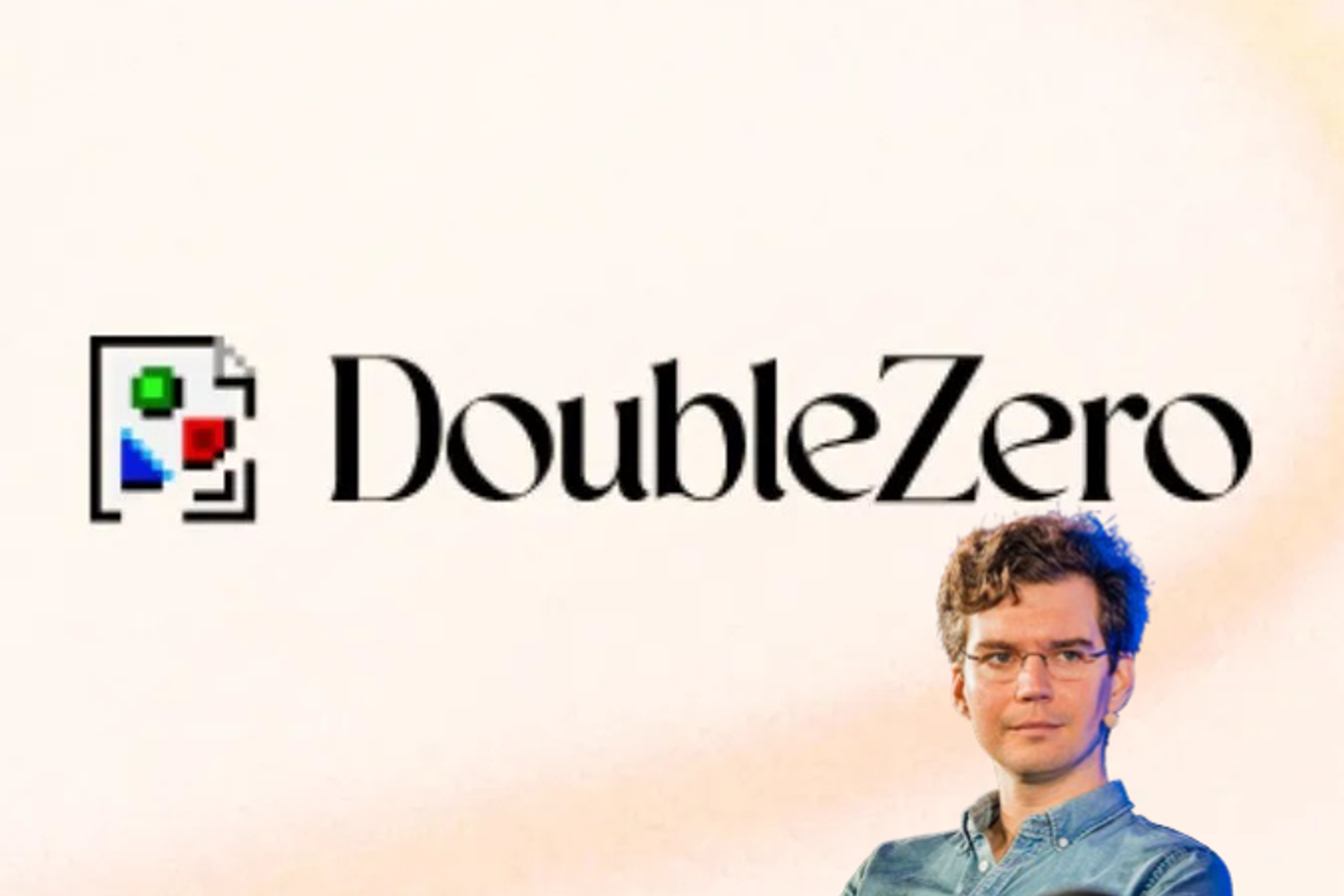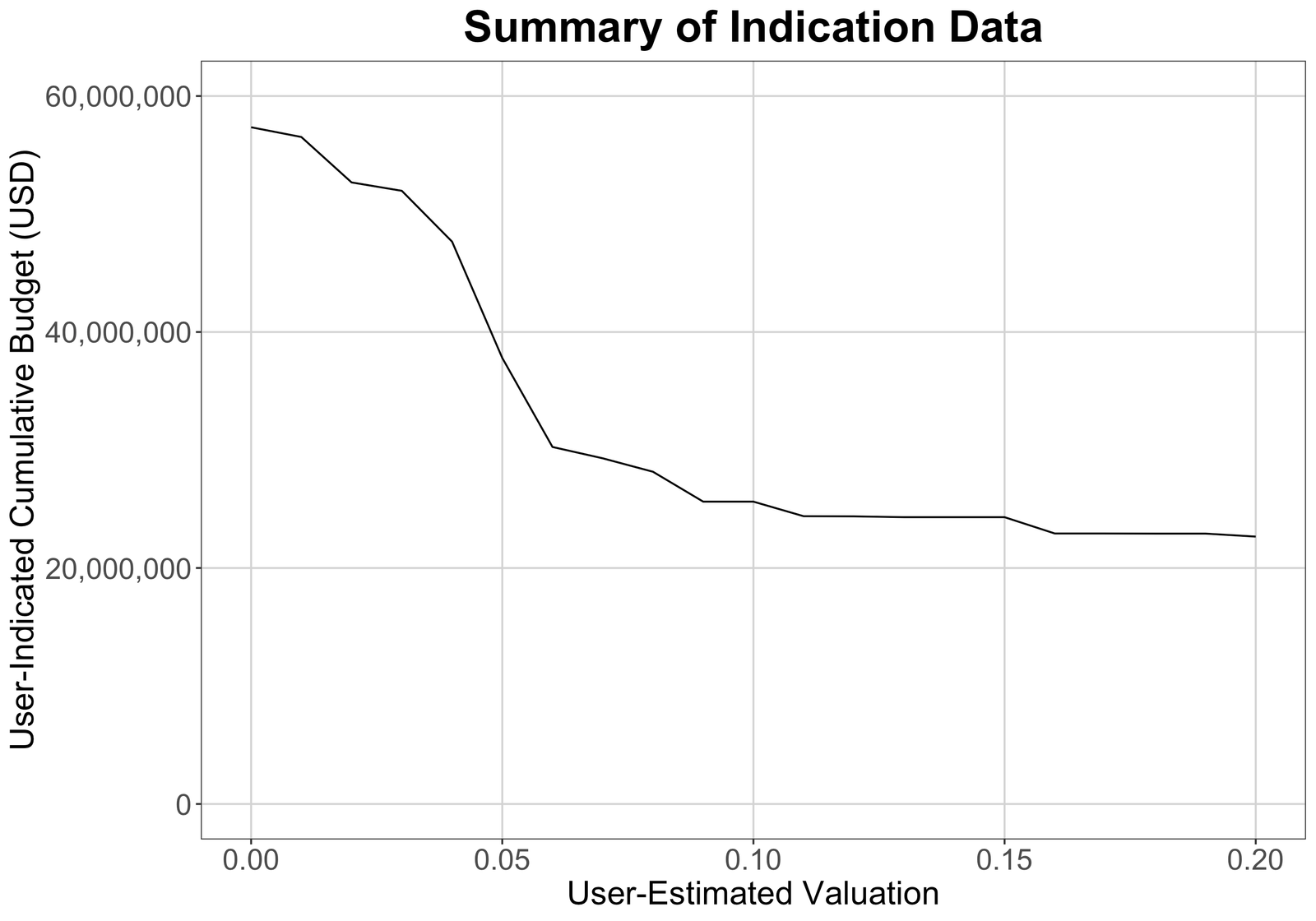
DoubleZero’s Austin Federa Reflects on $2Z Validator Sale
Was DoubleZero’s token sale for validators a successful experiment?
- Published:
- Edited:
Earlier in 2025, DoubleZero conducted a unique token sale, distributing 1.5% of its total supply to 260 validators.
Somewhat opaque, the sale offered contributors varying allocations at a universal clearing price, but only after participating validators made private bids.
With mainnet scheduled for Q3 2025, SolanaFloor sat down with co-founder Austin Federa to learn more about the inner workings of the sale and DoubleZero’s economic model.
Optimize for Reach, Not Price
On April 15, DoubleZero published data outlining the spectrum of proposed bids made by validators interested in securing $2Z tokens. After receiving applications from over 1600 validators, only 260 met KYC clearance and were approved, with the final token clearing price set at $0.075.

Like the majority of pre-market funding rounds, DoubleZero’s validator token sale was orchestrated offchain through a centralized method. While this certainly introduces a vague “Trust me bro” element to proceedings, Federa asserts that the ambiguity of the sale is also due to maintaining legal compliance.
“If we were to put out complete data around what all of those bids and offers were and things like that, we would actually end up with something that lawyers are pretty uncomfortable with, which is a model where we optimized for reach, we did not optimize for price… If we put out a bunch of data that theoretically, hypothetically shows that a price-optimized sale would have come in higher than our current sale, that could be misconstrued by someone as an expectation of future return.”
Despite the current administration’s softening stance on crypto regulation, DoubleZero is taking no chances. Given the industry’s well-documented history of run-ins with regulators, Federa is adamant the sale was carried out in a way that safeguards the company from potential extortion further down the line.
“We are conducting a sale that gets access to validators that are interested in purchasing it as a utility sale, but also protects the organization from intentionally malicious bad actors that may someday try to take something and use it to extract value from the organization in hopes that we settle as opposed to fight them on something.”
With over 1,600 validators applying for an allocation and over 260 approvals, DoubleZero undoubtedly achieved its goals. While admitting that he was happy to raise funds towards the protocol’s growth, Federa posited that the sale was designed to optimize for reach, not price.
A staunch advocate of organic price discovery, the DoubleZero co-founder remarked that the team’s intent wasn’t to raise at a maximum valuation. Allegedly, if the proposed valuation derived from validator bids had come in lower than in previous funding rounds this would not have been a cause for concern.
“If theoretically we were able to sell at some crazy valuation here, I would not want to do that. I am a strong believer in efficient price discovery in competitive markets, and nothing pre-token launch and listing on exchanges and liquid trading is really organic price discovery in a competitive market structure… If this had come in below what a previous round we'd raised at, I would have been fine with that.”

While U.S.-based validators have longer vesting periods than their international counterparts, this discrepancy had no influence on how allocations were distributed. Reaffirming his advocacy for organic price discovery, Federa stipulated that he would have preferred full and immediate unlocks upon launch.
“If it were up to me, everything would be sold unlocked. I am a big believer in organic price discovery. That is not a framework that is viable for a number of reasons. Some of them are just U.S. compliance laws. Some of them are the expectations of VCs.”
DoubleZero’s Economic Model
The DoubleZero protocol features a unique economic model. Dictated by Shapley values, DoubleZero rewards network contributors based on the performance of their connectivity links, as opposed to simply holding stake in the network.
DoubleZero’s proposed economic model outlines a more equitable distribution of network rewards. Comparing $2Z’s reward distribution to Bitcoin, Federa argues that harnessing Shapley values helps to establish more resilient market structures long-term that mitigate the risk of becoming an “oligarchy”.
“In Bitcoin, your reward rate over a long enough time horizon is directly proportional to the hash rate you provide to the system. The thing about Shapley values is it is a similar economic structure to that, whereas the reward rate you receive on the network is directly proportional to your contribution.”
This serves as a stark contrast to the model popularized by Proof-of-Stake ecosystems, which distribute rewards randomly based on a validator’s economic contribution to the network.
“The problem with a lot of other types of systems is they reward the existence of theoretical capacity. DoubleZero does not reward the existence of theoretical capacity. It rewards the existence of used capacity or capacity that provides direct resiliency to another line that is popular.”
The DAO Model is Flawed
At a tokenomic level, $2Z’s emission schedule will run on a market-driven inflation rate similar to what was initially proposed in SIMD-228. When pressed on how the process to implement future changes to the schedule might work, Federa was reticent on details surrounding contributor’s influence on the decision.
“It's kind of evolving. When Solana launched, there was not a robust governance framework on Solana for the first four years of its existence. That kind of emerged organically… There will be an open and transparent process for this. But open and transparent does not necessarily mean token-awaited governance.”
Whatever shape DoubleZero governance may take in the future, it appears that holding a significant sum of $2Z is unlikely to hold considerable sway.
"I am not a believer in DAOs. I think DAOs are kind of like the worst of socialism combined with the worst of capitalism. It just produces self-interested outcomes with uninformed participants."
This opens the door to alternative methods, which could perhaps see governance rights allocated to contributors with more performant connectivity links via a Shapley scoring system.
DoubleZero is currently in testnet, with mainnet launch slated for Q3, 2025.
Read More on SF
What makes Jupiter Lend competitive?
“It’s a Genuine Edge” - Kash Dhanda Optimistic on Jupiter Lend’s Architecture
Why Do We Need a New Internet?



